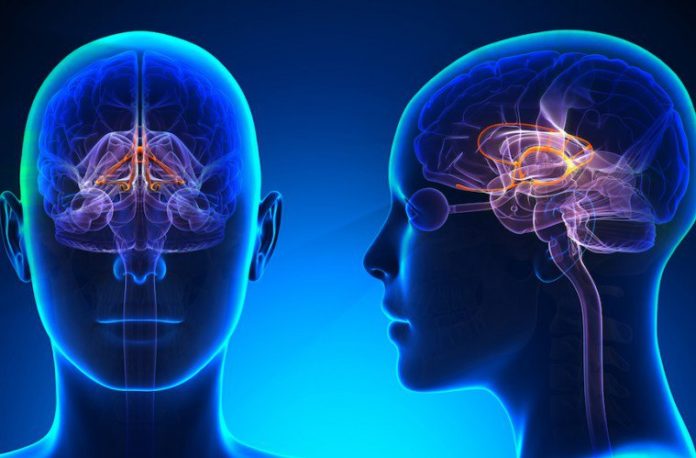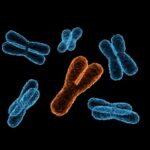We’ve long known that a good meal can stimulate the release of dopamine, the “feel-good” hormone, but new research from the Max Planck Institute for Metabolism Research in Germany reveals that dopamine release in the human brain occurs in two distinct phases: first, when food is tasted, and second, after the food reaches the stomach.
The study, published on December 27 in the journal Cell Metabolism, sheds light on how dopamine is intricately linked to food consumption and our brain’s reward system.
Dopamine Peaks and Brain Regions Involved
Using a novel positron emission tomography (PET) technique developed by the research team, the study uncovered not only the two peaks of dopamine release but also the specific brain regions responsible for these phases.
- Phase 1: Immediate Release
The first dopamine release occurs at the moment food is tasted, activating brain areas associated with reward and sensory perception. - Phase 2: Post-Ingestive Release
The second release happens after the food reaches the stomach and involves additional brain regions tied to higher cognitive functions.
Marc Tittgemeyer, the study’s senior author and head of the Institute’s Translational Neurocircuitry Group, explains, “While the first release occurred in brain regions associated with reward and sensory perception, the post-ingestive release involved additional regions related to higher cognitive functions.”
How the Study Was Conducted
The study involved 12 healthy volunteers, who were given either a palatable milkshake or a tasteless solution while their PET data were recorded.
One key finding was the link between participants’ cravings for the milkshake and the amount of dopamine released during the first phase. The more the subjects craved the milkshake, the more dopamine was released during the initial tasting. However, an inverse relationship was observed in the second phase: greater cravings were associated with lower post-ingestive dopamine release.
Implications for Cravings and Overeating
The researchers hypothesize that this suppression of gut-induced dopamine release could contribute to overeating, particularly of highly desirable foods.
“On one hand, dopamine release mirrors our subjective desire to consume a food item. On the other hand, our desire seems to suppress gut-induced dopamine release,” explains Heiko Backes, co-first author of the study and leader of the Multimodal Imaging of Brain Metabolism group.
This suppression might drive people to continue eating until enough dopamine is released, potentially leading to overconsumption of calorie-dense foods.
A First in Humans
While earlier studies have demonstrated gut-induced dopamine release in mice, this research is the first to show the phenomenon in humans.
The findings open new avenues for understanding how the brain and gut interact to regulate food intake, cravings, and satiety. Future studies are needed to explore the implications of dopamine suppression in post-ingestive phases and how it may contribute to eating behaviors.
This groundbreaking work not only provides deeper insight into the mechanisms of food reward but also raises intriguing questions about the complex relationship between our cravings, brain chemistry, and eating habits.


